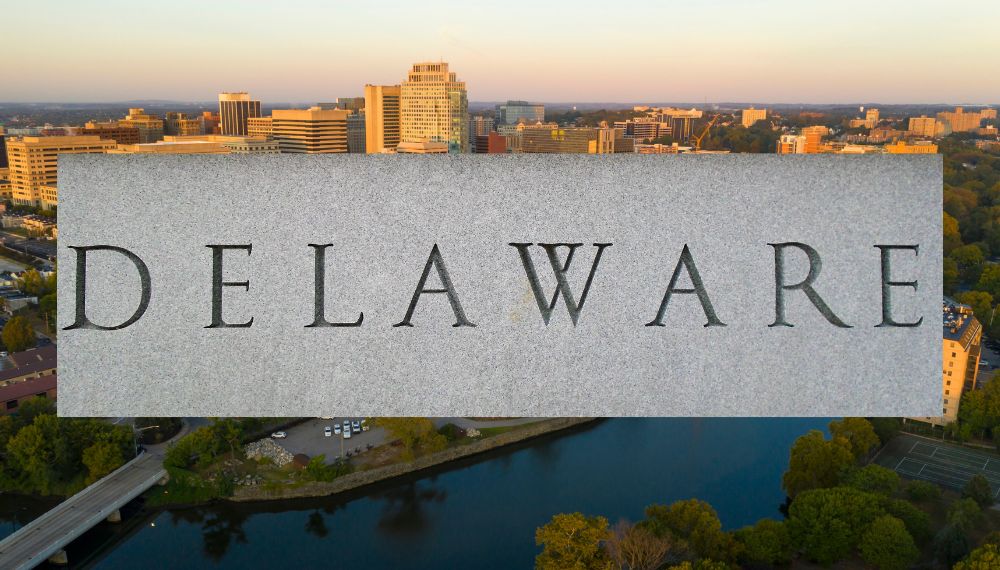Realistic Commercial Real Estate Market Trends in 2022
- September 12, 2022
- admin
- Category: Uncategorized

Even though the pandemic caused setbacks in several markets in 2020 and 2021, the commercial real estate sector has a more optimistic outlook going into 2022. In 2022, multifamily and commercial properties have prospered. The commercial real estate market trends for 2022 are optimistic.
Consumer demand may strengthen the retail, residential, and industrial asset classes with sound balance sheets. Local businesses that provide in-person services in densely populated areas have indeed performed effectively. We will have a better idea of how to use office space as the nation learns how to conduct the mixed activity.
Despite some unexpected developments and failures in many property categories, investors and businesses are adapting. As workers return to the office, employers must strike a balance between productivity and safety. Residential real estate properties are fighting for tenants while retailers face crucial turning points in their quickly changing business. Throughout the year, businesses need to have the flexibility and the ability to quickly adjust to market developments.
Inflation – Major factor in commercial real estate market trends in 2022
Real estate naturally protects against inflation, making it a smart place to shelter cash during an unstable economic climate. Investors try to reduce the danger brought on by an imminent recession by shifting money away from the stock market and towards tangible assets. Some of the most important trends and themes for 2022 and beyond are discussed here.
The volume of Business Transactions and Real Estate Prices
According to Forbes, the number of real estate transactions will increase in 2022 as the economy continues to recover. This is very encouraging out of all the commercial real estate market trends. The mid-single digit expansion in commercial real estate prices is anticipated to continue, and there may be more mergers and acquisitions of REITs in 2022 than in 2021. The markets for commercial real estate recovered in 2021. In comparison to the first ten months of 2020, transaction volumes increased 64% in 2021. Compared to pre-pandemic 2019 levels, purchases of commercial and multifamily properties jumped by 30%.
Industrial Real Estate
Even while businesses will grow over the next few years, they might not be able to purchase industrial buildings at a proportionate rate. Investment activity and overall spending could slow as interest rates increase and borrowing becomes more expensive. However, due to the growth of e-commerce, industrial real estate has skyrocketed during the past year. The building of warehouses to hold their products is being driven by online retailers like Amazon, while chains like Walmart and Kroger are buying up distribution facilities left and right.
Multiple-Family Residences
Since single-family homes are so expensive, there is a greater need for larger rental residences that can accommodate remote work. This is helping to maintain high rent costs, along with some restrictions on new buildings brought on by supply chain issues. The enormous flight from metropolitan centers has slowed, according to demographic statistics, and multifamily vacancies have also returned to pre-pandemic levels in hotspots like New York and Los Angeles.
Multi-family properties have grown in popularity recently and will continue to do so as new technology for property management and tenant experience spread to other types of commercial real estate. This is so that those looking for hassle-free experiences can now easily do things like paying their rent and booking spaces within an apartment complex thanks to Proptech.
To address the housing issue, modular building, adaptive reuse, and preservation are crucial strategies. Public-private partnerships, such as those between large firms in the IT and healthcare sectors and local governments to build workforce housing close to workplaces, may have the most impact.
Supply Chain
The Covid-19 epidemic has dealt a significant hit to the supply chain, necessitating substantial retooling over the coming year. This let to negative commercial real estate market trends during the last two years. Due to the limited availability of space near seaports, many developers will be forced to invest in commercial real estate inland. Manufacturers will probably need to construct distribution facilities closer to producing plants to compensate for growing transportation expenses.
Real State for Trips and Lodging
As 2022 goes on, hotels that cater to business travelers will probably experience a better rebound. As foreign travel restrictions loosen, more opportunities are emerging for business trips and conventions. In the second half of the year, hotels will experience significant recovery because of increased adoption of technology and marketing to position them as clean, secure destinations. Travel for pleasure, particularly domestic leisure travel, is currently driving this industry’s recovery.
More quickly than other properties, hotels in prosperous fly-to and drive-to leisure regions are returning. Businesses are becoming cautious about travel limitations, which is resulting in slower development for metropolitan, group, and business hotels.
Plan based on Data
Over the next 18 to 24 months, business owners should continue to keep an eye on the financial markets and their effects on commercial real estate. Customers should come first in the commercial real estate industry. Today, a lot of renters anticipate that innovations, such as online platforms, will enhance their user experience. Property managers have been evaluating the effectiveness of this technology by observing decreased expenses to commercial property investors and tenants. Further, they are trying to understand its impact on the commercial real estate market trends in near future. As more tenants demand healthier indoor conditions for their living and working areas, this lowers expenses and helps them move forward.
What’s in the future for commercial real estate?
It has been a good year so far for industrial as well as multifamily properties. With the balance sheet showing signs of strength and efficiency, the demand for the multifamily and industrial asset is growing at a good rate. Also, the retail properties in most populated areas are doing great. Thus until now the commercial real estate market trends have shown no sign of slag.
As the pandemic subsided, and companies follow the hybrid work culture, we will get a clear idea of how they will use the office spaces now. For the time being, it is advisable to keep a track of rising interest rates and the problems of the supply chain due to the current geopolitical events. All of these will largely affect the cost of affordable housing shortly.
All of these are predictions based on the current state of the world, but at the same time, it is not set in stone. But overall, we can safely assume that the commercial real state market will go great in the future too and the above prediction will soon become a reality.




